International Radiology Societies Tackle Radiologist Shortage
RSNA 2019 meeting brought together leaders from around the world to discuss strategies to increase radiologist numbers
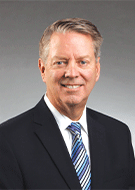
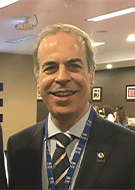
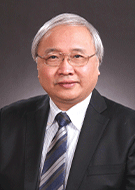
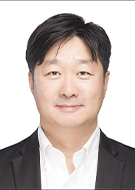
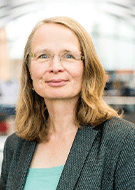
While the worldwide shortage of radiologists is a pressing issue for the entire specialty, countries with an already low supply of radiologists are finding unique ways to attract medical students to the specialty.
Many countries are investigating ways to disrupt the typical process of becoming a radiologist through government intervention or shifting the perception of radiology. Others are brainstorming ways to deliver imaging in parts of the country where radiologists are scarce and encouraging established radiologists to take a chance on working in more remote areas.
Members of several international radiology societies met during RSNA 2019 to share and discuss these unique strategies that are generating interest in radiology for medical students and also helping radiologists develop a work-life balance that keeps them in the specialty.
Teleradiology in Rural, Urban Areas
In Brazil, the largest distribution of radiologists is found in the larger population centers of the southeast portion of the country. In São Paulo, there are 10 radiologists per every 100,000 inhabitants, while in the northern part of the country, there is less than three radiologists per every 100,000 inhabitants.
Henrique Carrete, Jr, MD, president of the Colegio Interamericano de Radiology (CIR), discussed how Brazil is using teleradiology as a tool to bring radiologists to areas that have previously been less attractive to radiologists.
It is difficult to attract radiologists to practice in more remote areas for these reasons: lower salaries, more isolation and fewer professional opportunities. Teleradiology can be an effective solution.
“There are two important aspects in radiology. First, in rural areas with few radiologists, part of the demand for the exams is reported by more experienced specialists based in large cities who work remotely, improving the quality and timeliness of the reports,” Dr. Carrete said. “Second, we are beginning to see specialists trained in large centers returning to their hometowns, sometimes in more distant and smaller cities. Teleradiology is a way to supplement their salary by reading exams from larger cities where demand is higher.”
Dr. Carrete said they have observed a reversal of sorts in the trend toward radiologists not wanting to work in rural areas, since teleradiology allows them to combine a better quality of life with a workflow that compliments their lifestyle.
The Conselho Federal de Medicina (CFM), which regulates the practice of medicine in Brazil and develops related policies and guidelines, is working to attract more radiologists to rural locations.
Using teleradiology, radiologists could work with other remote radiologists and physicians, creating multidisciplinary teams to provide professional and emotional support for each other.
In China, challenges associated with urban living are actually causing burnout in radiologists resulting in shortages. Therefore, there are fewer radiologists to send to remote areas.
Zheng Yu Jin, MD, president of the Chinese Society of Radiology (CSR) noted that in urban areas of China, so many people need medical assistance, which for radiologists, equates to too many images to read, resulting in burnout. Unfortunately, this shortage means that there aren’t enough radiologists to cover urban areas, much less rural areas.
CSR has also started exploring teleradiology to help alleviate some of the drawbacks associated with practicing in rural areas. CSR is particularly interested in identifying chat platforms to provide an online community where remote radiologists can work and learn together and perhaps create CME activities to keep up with professional development.
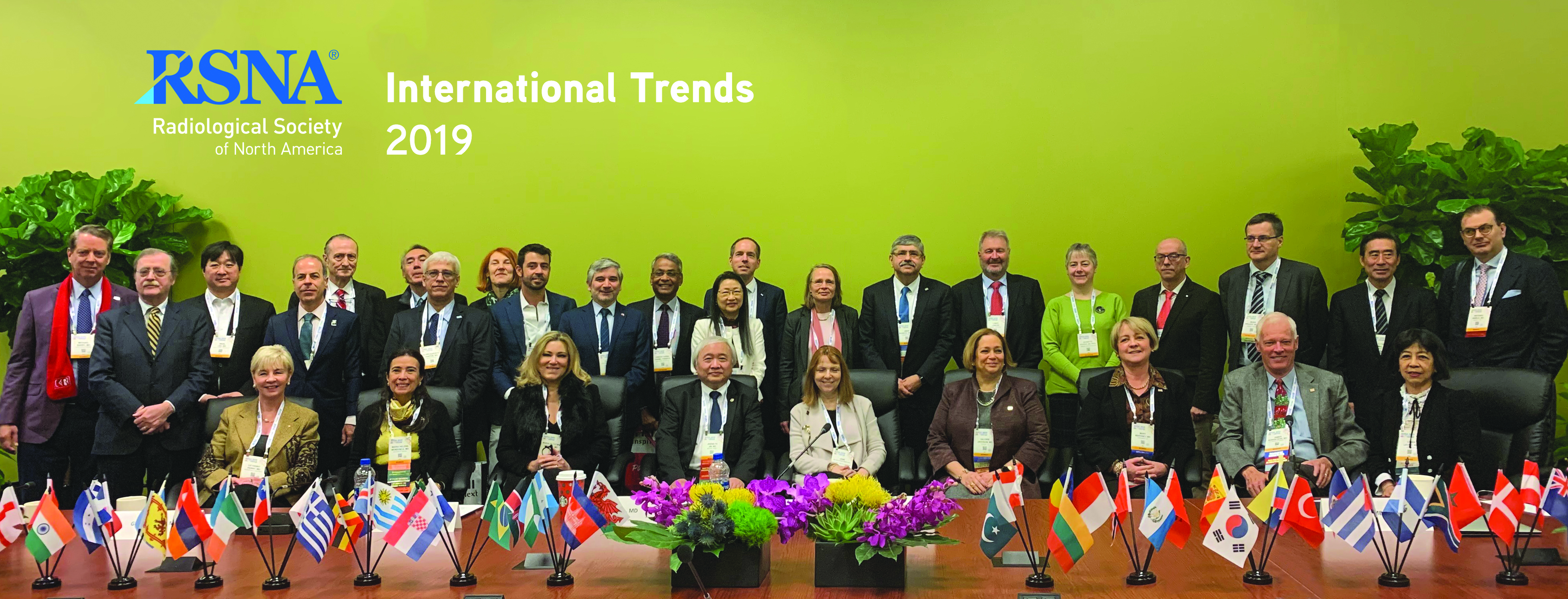
AI Aids Radiologist Efficiency
Rather than fearing that artificial intelligence (AI) will usurp their role, radiologists are focused on how AI can help the specialty — particularly as a support system to aid radiology workflow, according to Caroline Rubin, MRCP, FRCR, MA(Ed), consultant radiologist, University Hospital Southampton NHS Foundation Trust, and vice president, Faculty of Clinical Radiology, the Royal College of Radiologists (RCR) in the United Kingdom (U.K.).
RCR statistical mapping has shown the U.K. is short at least 1,100 radiologists. But it is not yet known what impact AI will have in relieving pressures on diagnostic capacity, according to Dr Rubin.
“Clinical introduction of AI has been gradual and ad hoc,” Dr. Rubin said.
Some hospitals have applications for “smart appointments” which support efficiency to cope with increasing demand, while voice recognition software is prevalent and enables more rapid turnaround of verified reports. And while some departments have access to AI for image interpretation, this is not widespread.
While RCR does not think that AI programs alone will solve workforce pressures, the organization looks forward to the rollout of various developmental AI programs to help improve administration and efficiency within radiology departments.
“In the research arena there are now AI support systems for efficient appointments, worklists, standardized imaging protocols, optimized image acquisition and dose reduction, all of which may help support imaging teams, especially where there are significant workforce shortages,” Dr. Rubin said.
AI could also be a boon to radiologists in a number of other ways.
“Smart booking — especially for multiple appointments to support patient pathways — is another area under development. Dr. Rubin said. “AI could potentially help by assisting with online appointment booking, distributing images to patient portals and providing links to patient education about their tests and results. In the future, I hope that there will be applications to support patient pathways in this area and remove some of the administrative burden from radiologists.”
Can Government Interventions Assist with the Shortage?
Because wait times for medical imaging in Canada are a huge issue, the Canadian Association of Radiologists (CAR) launched several surveys packaged in the 2019 report, “The Value of Radiology.”
The report identified inadequate distribution of medical imaging equipment and radiologists across the country as well as aging imaging equipment unable to keep up with demand. In addition, lost work time and wages from patients who take temporary leave from their jobs waiting for imaging diagnoses is estimated to cost the economy an average of $3.4 billion per year.
CAR leaders decided that the vastness of needs in every corner of Canada would require federal investment. The report shows that in addition to modernizing Canada’s stock of medical imaging equipment, there is need for an estimated 1,700 new radiologists between now and 2040, according to Michael Barry, MD, president of CAR. The report and follow-up advocacy led the Conservative Party of Canada to announce a national pledge to invest $1.5 billion over four years to improve the health of Canadians.
CAR plans to meet with the new government, increase members’ presence during its “Day on the Hill” to advocate with legislators and work to raise awareness of the radiologist shortage and the lack of updated equipment as a national issue. CAR will also be fielding and releasing an updated report to expand and forecast the radiologic needs by province and demographics.
Attracting Students to Radiology
In Korea, radiology has traditionally ranked as a top specialty, but has recently seen a slight dip in applicants. With an overall shortage of radiologists, Korean hospitals are struggling to hire radiologists.
“We believe that the dip in applicants is due to a fear that artificial intelligence would be taking over radiology, which has now proven unfounded,” said Whal Lee, MD, PhD, chair of the International Committee of the Korean Society of Radiology (KSR). “The applications are once again flowing steadily, but one of our continued struggles is that not many medical students are moving to Korea because it is difficult to get certified in our country. Without a larger pipeline of students, there is always the fear that applications will fall again.”
To attract and retain radiology students, KSR is inviting students to attend its annual congress, providing free registration and offering several sessions geared toward increasing awareness about the specialty. During the congress, radiology students are invited to present their original research to a panel of established radiologists. KSR has also invested in YouTube and social network promotion to increase awareness about radiology and reach medical students.
“Work-life balance, fair income and the potential for academic achievement or position are all important to students,” Dr. Lee said. “Therefore, it is important that the specialty continue to offer these things so that the most passionate and interested candidates will apply.”